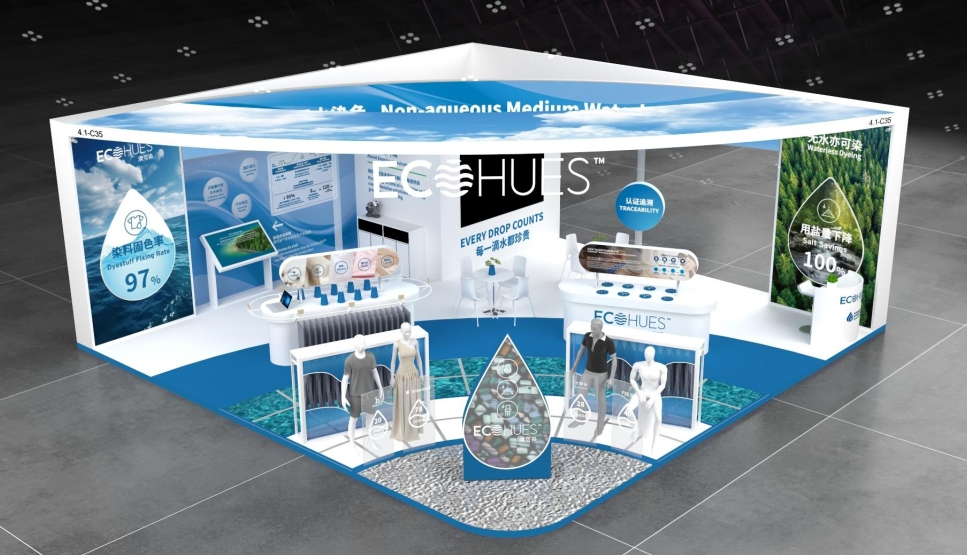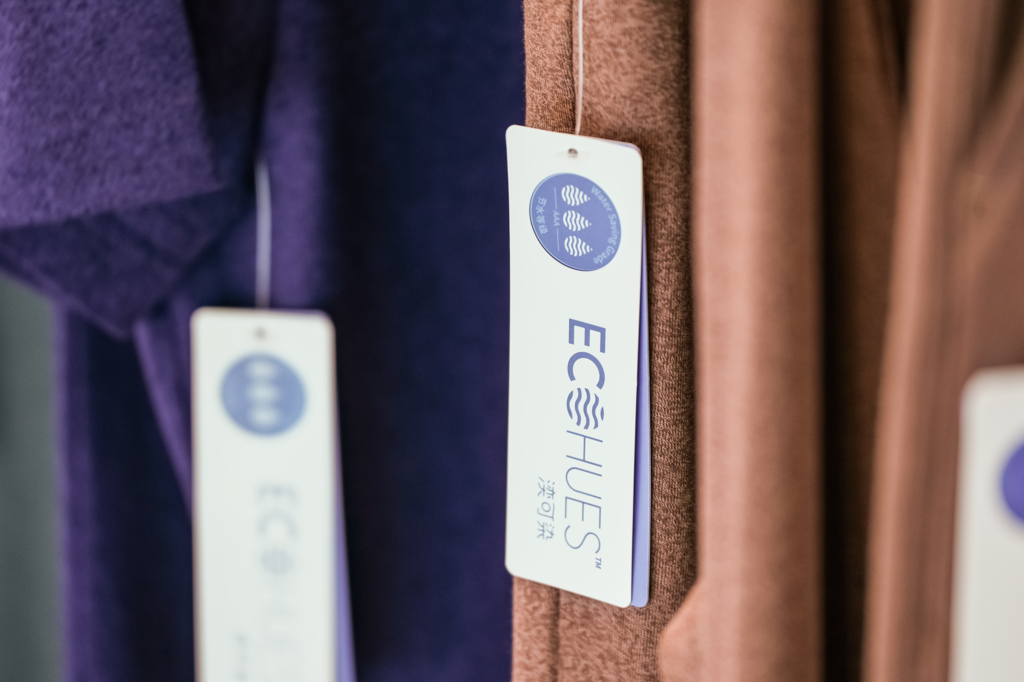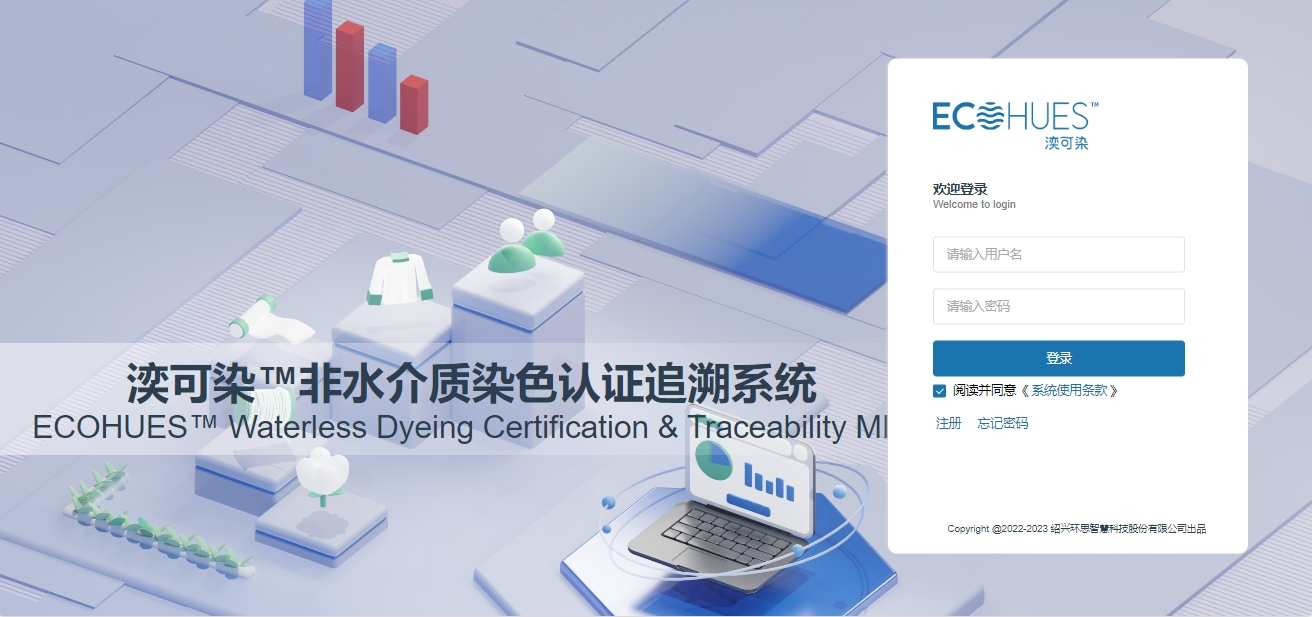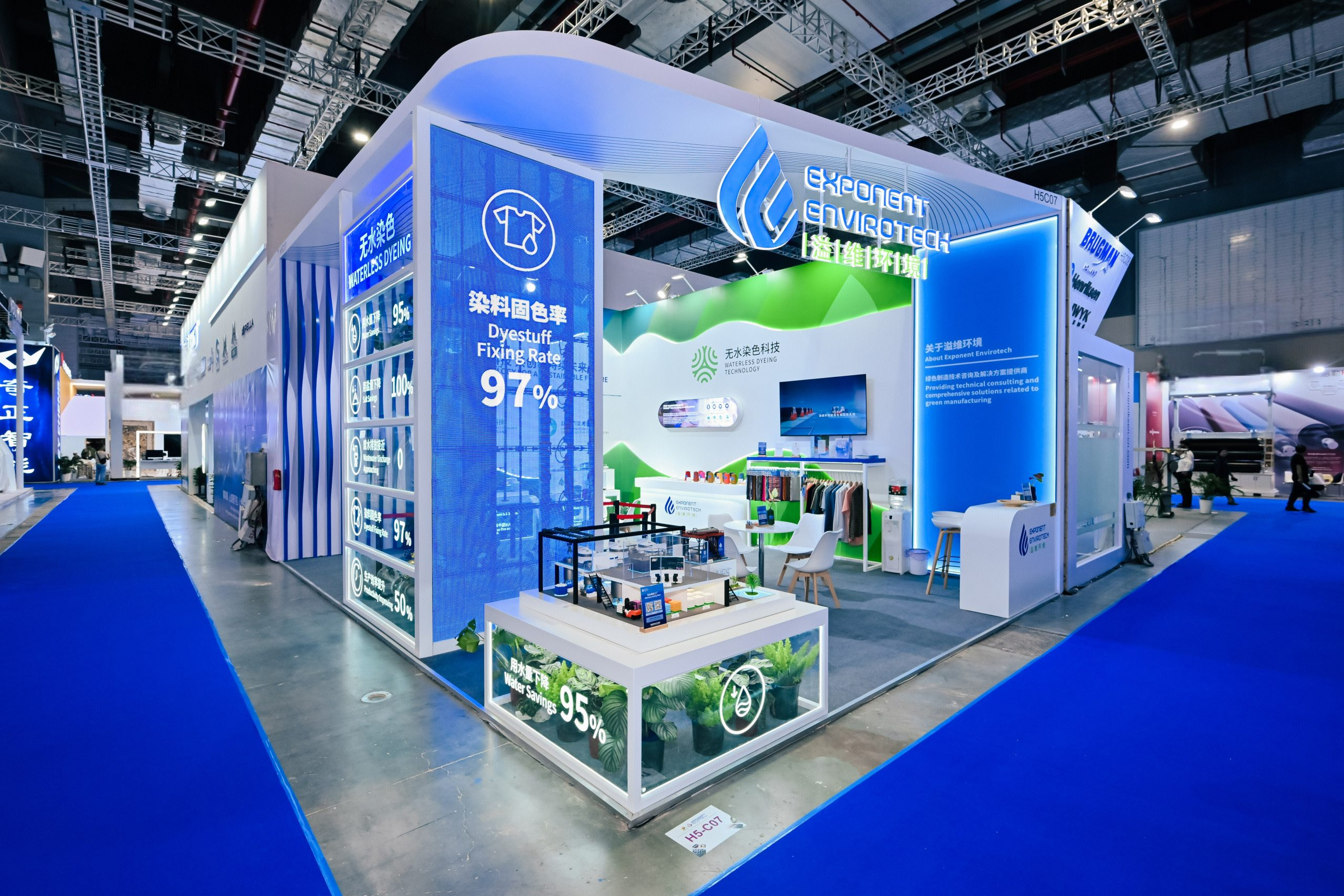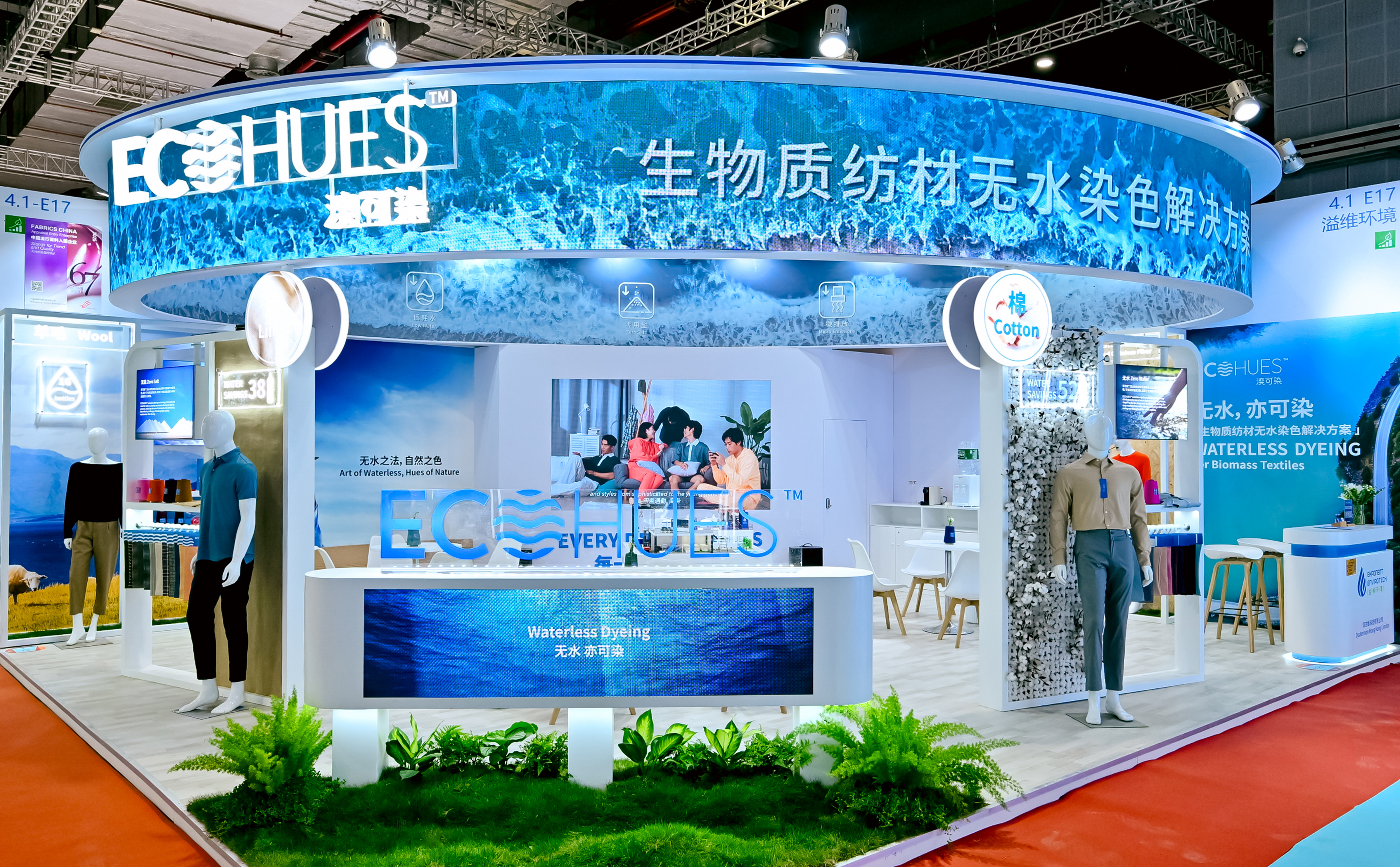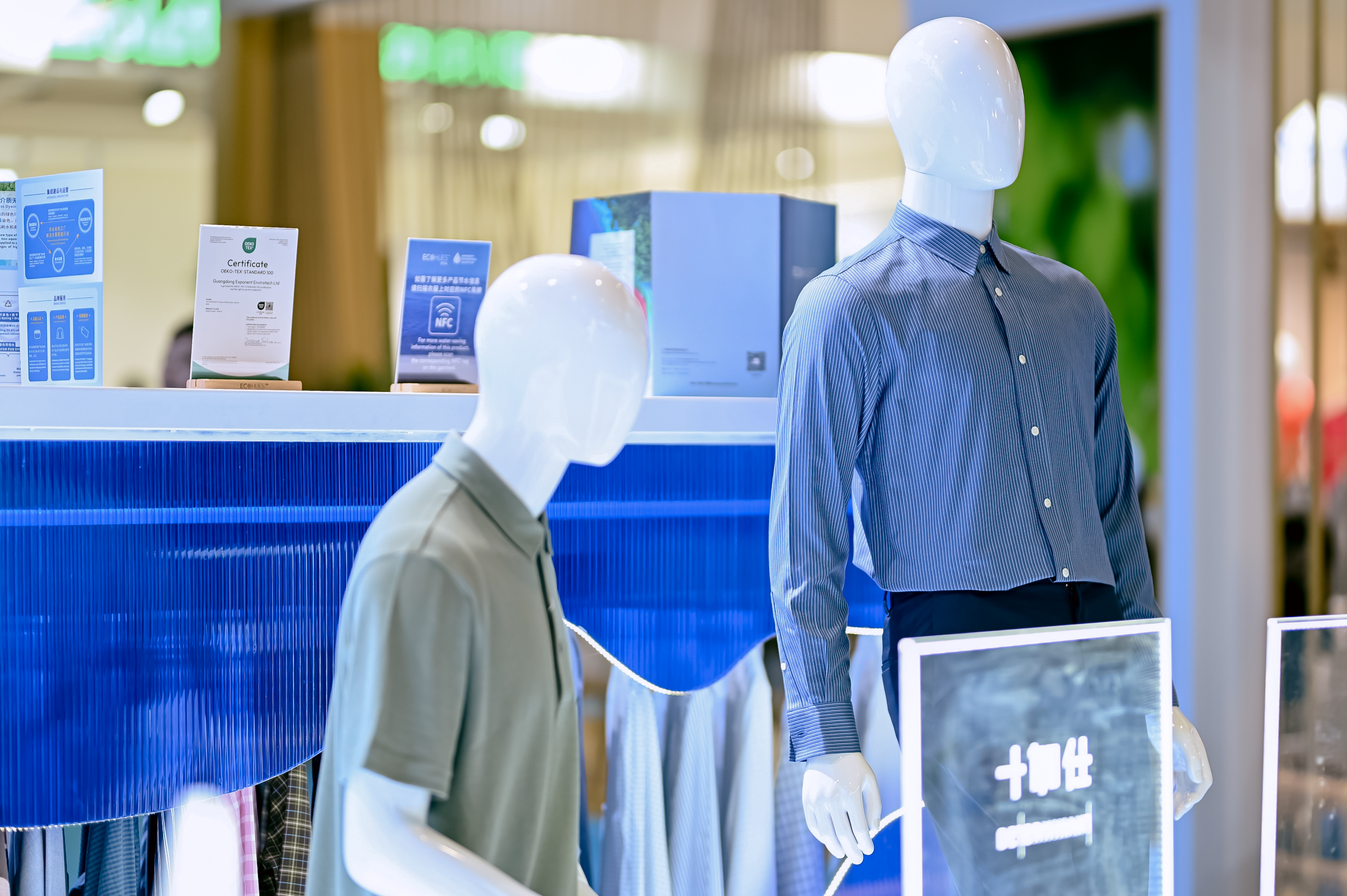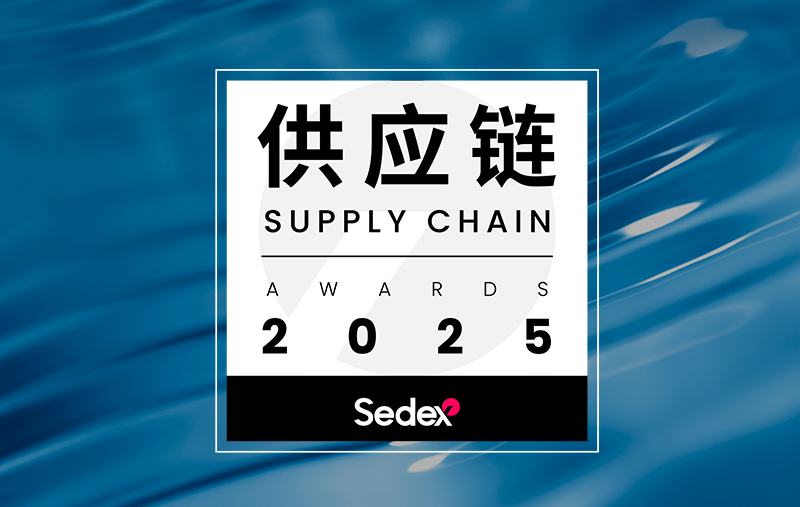Li Ning Collaborates with ECOHUES™, Protecting the Blue Planet with the Concept of " Nature Dyeing "
April 20, 2025 — Ahead of Earth Day, Li-Ning, a leading Chinese sportswear brand, launched its "Nature Space" pop-up event at Chengdu's Chunxi Road Silverstone Plaza, alongside sustainable-themed displays in stores nationwide. This initiative kicks off Li-Ning's Earth Day campaign, "Every Step Forward, For a Better World." Over the years, Li-Ning has focused on building a "full-chain" sustainable product system relying on technological innovation, spanning materials, production, recycling, and ecological cycles. Collaborating with ECOHUES™ waterless dyeing technology, Li-Ning launched its "Nature Dyeing" collection, featuring spring sweatsuits, summer activewear, and more. The event combined immersive eco-education and interactive experiences to inspire greener lifestyles among the public.
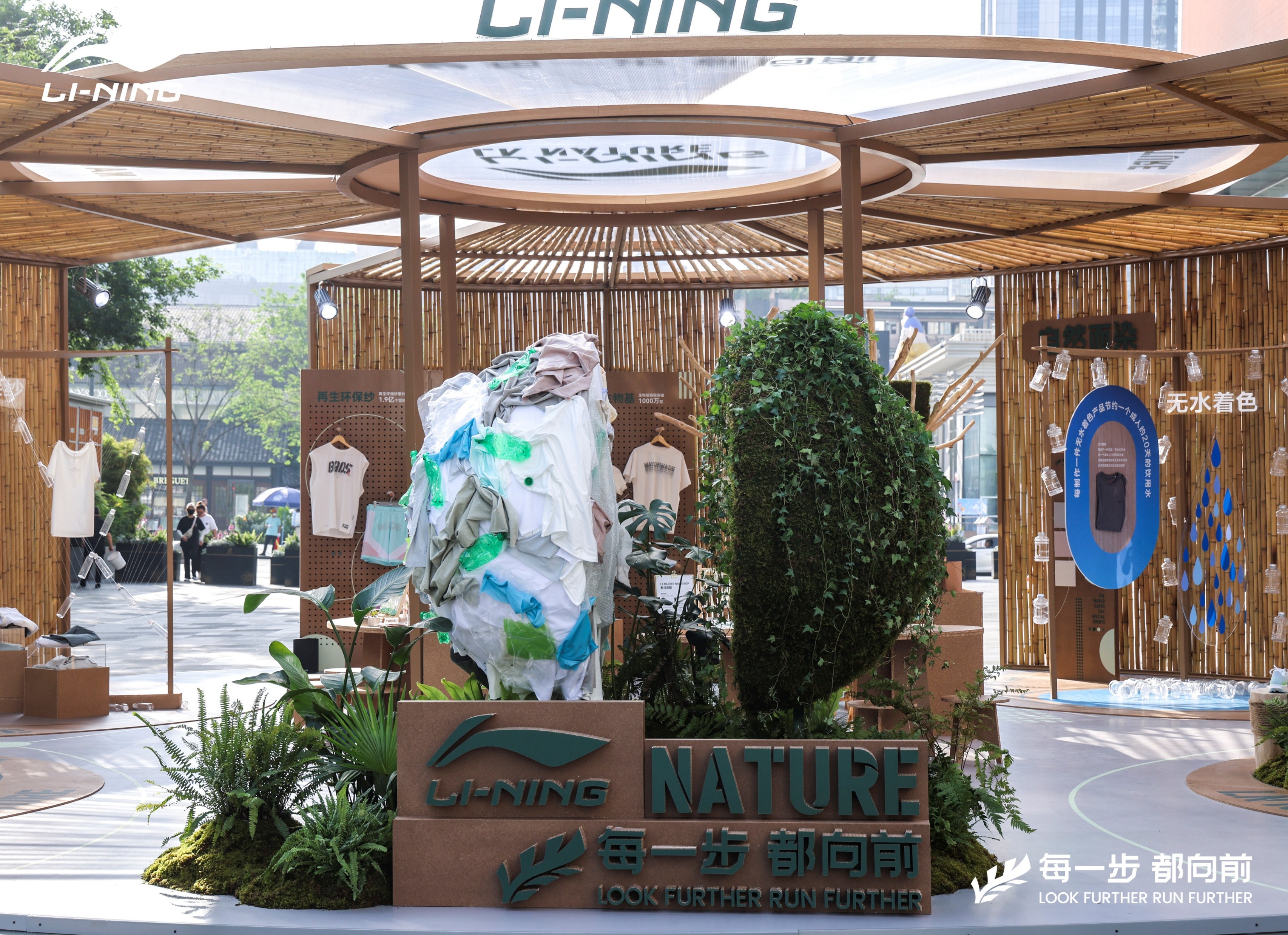
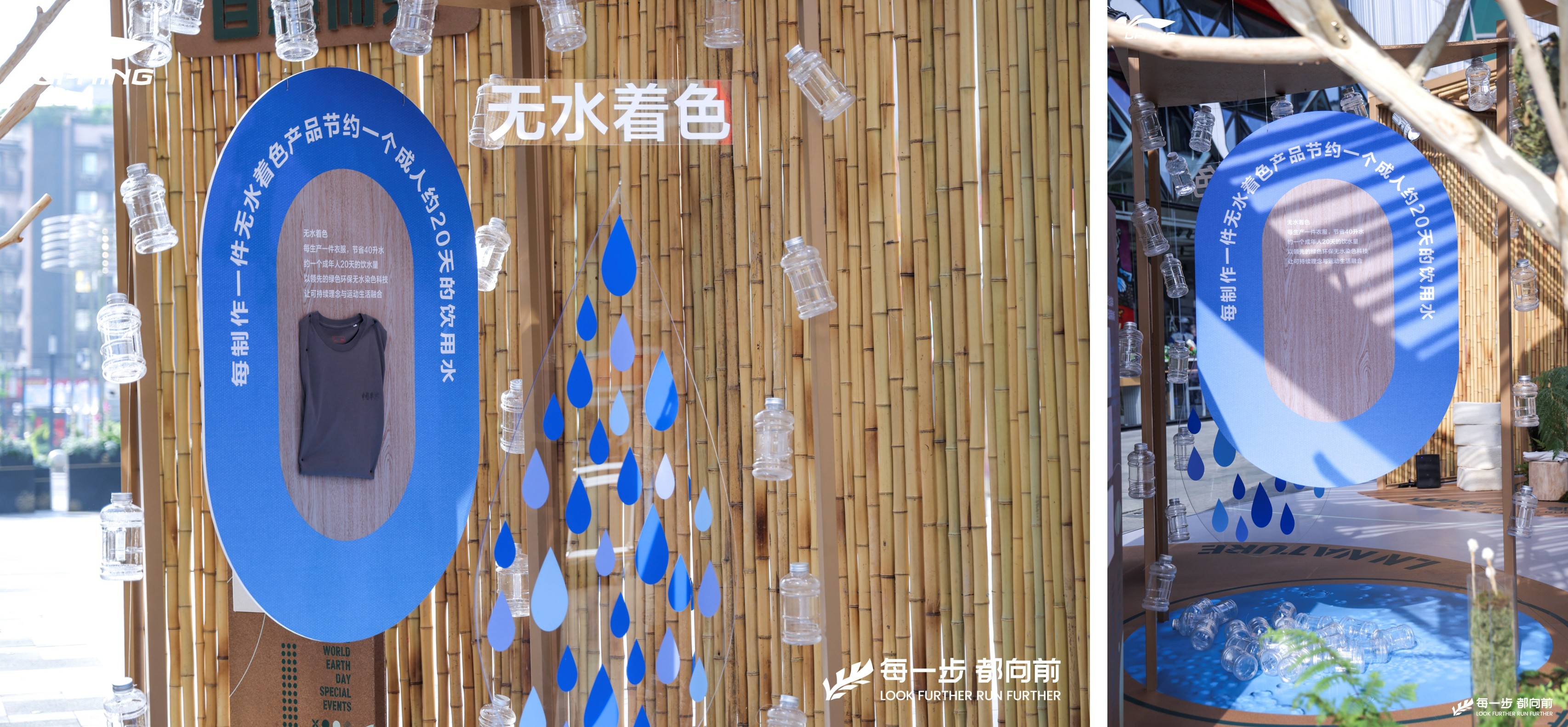
Consumer Demand Drives Sportswear Industry's Sustainable Shift
As sustainability gains importance, more shoppers are factoring environmental impact into their fashion choices. This subtle shift in consumer behavior—evolving from viewing sustainability as a supplementary benefit to demanding it as a fundamental criterion—has prompted socially responsible sports brands to spearhead the charge toward sustainable transformation. With continuous breakthroughs in innovative technologies, products are increasingly integrating cost-effectiveness with sustainable features. This dual advantage not only fulfills consumer expectations but also unlocks new avenues for business growth within the sports industry.
Waterless Dyeing Breaks Barriers, Embedding Sustainability Across the Industry
During the promoting of sustainable transformation, choosing sustainable fabrics is relatively easy, but how to address water pollution in textile dyeing has long remained a critical and stubborn challenge. In the dyeing process, each ton of textiles generates more than 100 tons of wastewater, which requires specialized treatment before discharge. The high environmental cost has made the sustainable transformation an important issue of common concern within and outside the industry.
World Resources Institute (WRI) research reveals that over 1 billion people worldwide reside in regions with varying levels of water stress, with approximately one-quarter of the global population facing critical water access challenges. Against this stark backdrop, the demand for technological innovation in traditional water dyeing processes is increasingly urgent. The innovative breakthrough of ECOHUES™ waterless dyeing technology has redefined the dyeing landscape, offering robust support for the textile industry's exploration of green development pathways and enabling the industry to establish a resource-efficient sustainable development framework.
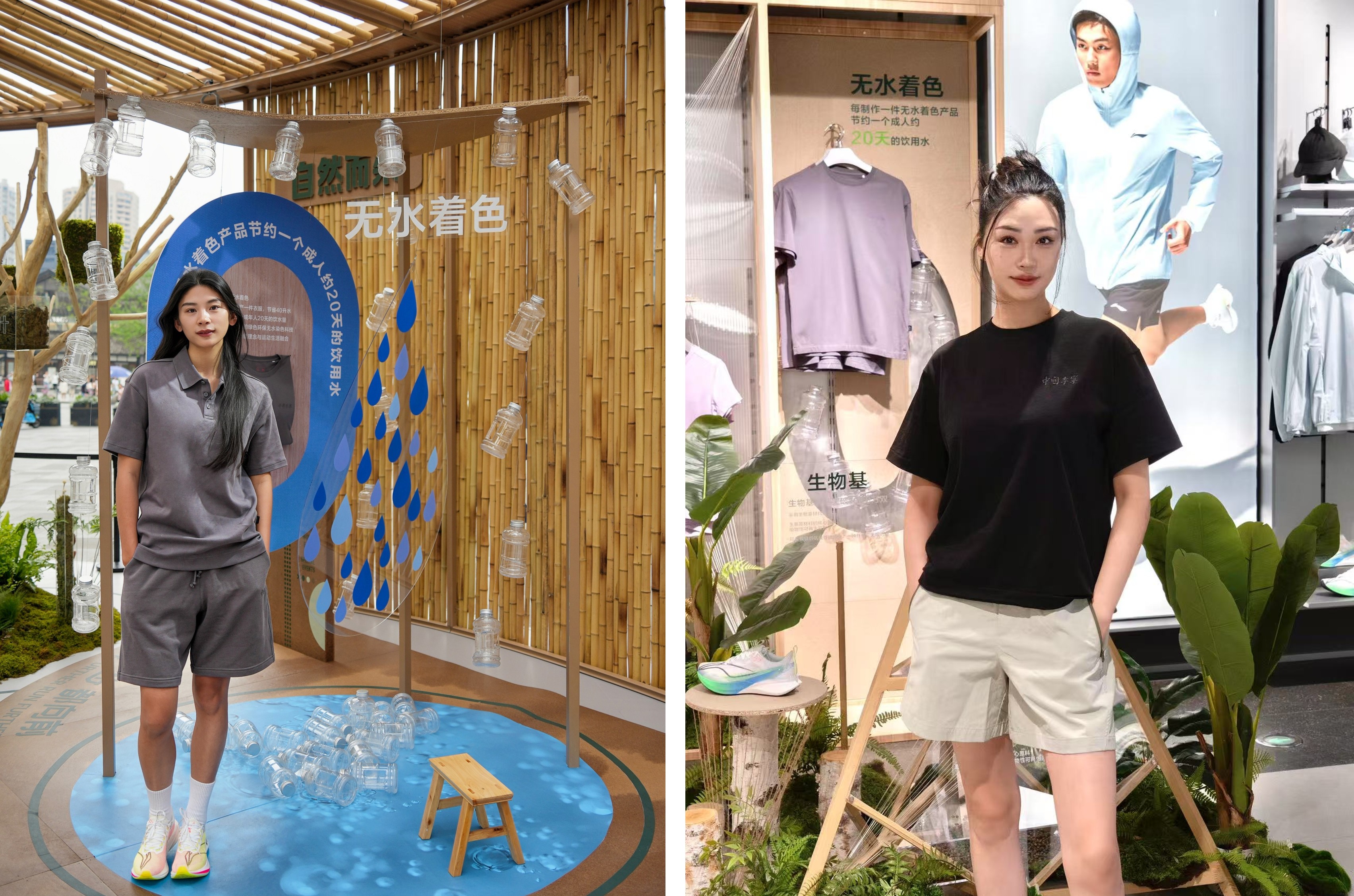
Coloring with Zero Water, Zero Salt, Near-Zero Discharge: Making Fashion Clean and Trendy
The reason why ECOHUES™ waterless dyeing technology can achieve the environmental protection goals of 0 water, 0 salt, and near 0 wastewater discharge is due to its disruptive non-aqueous medium dyeing technology.
Traditional dyeing processes rely on water as a medium to dissolve dyes and need to add a large amount of industrial salt to enhance dyeing efficiency. However, this method has problems such as insufficient dye utilization and large wastewater discharge. In contrast, ECOHUES™ technology uses nearly 100% recyclable non-aqueous medium instead of water to dissolve dyes and can make the dyes fully penetrate into the fibers, achieving ultra-high dye utilization without the need of industrial salt. ECOHUES™ waterless dyeing technology makes dyeing completely get rid of the dependence on water resources, fundamentally solving the problems of high water consumption and high pollution in traditional dyeing processes.
In addition, ECOHUES™ has also significantly increased the color fixation rate of traditional water bath dyeing from an average of 60% to 97%, making the colors of products more durable and achieving an upgrade in product performance while being environmentally friendly.
Spark of Innovation: Building a "Full-Chain" Sustainable Future
The manufacturing industry is rapidly changing to adapt to contemporary social concerns and various issues. The cooperation between Li Ning and ECOHUES™ technology is a model of the deep integration of sustainable production processes and the fashion industry, filling an important part of production sustainability and process sustainability in the "full chain".
This technological innovation is not limited to the production process. It also further transforms environmental protection achievements into practical experiences that consumers can perceive and participate in through innovative interaction methods. Consumers can trace the water savings by touching the hangtag with their mobile phones, which makes them truly feel the changes brought about by their green consumption, and the green value can be effectively perceived.
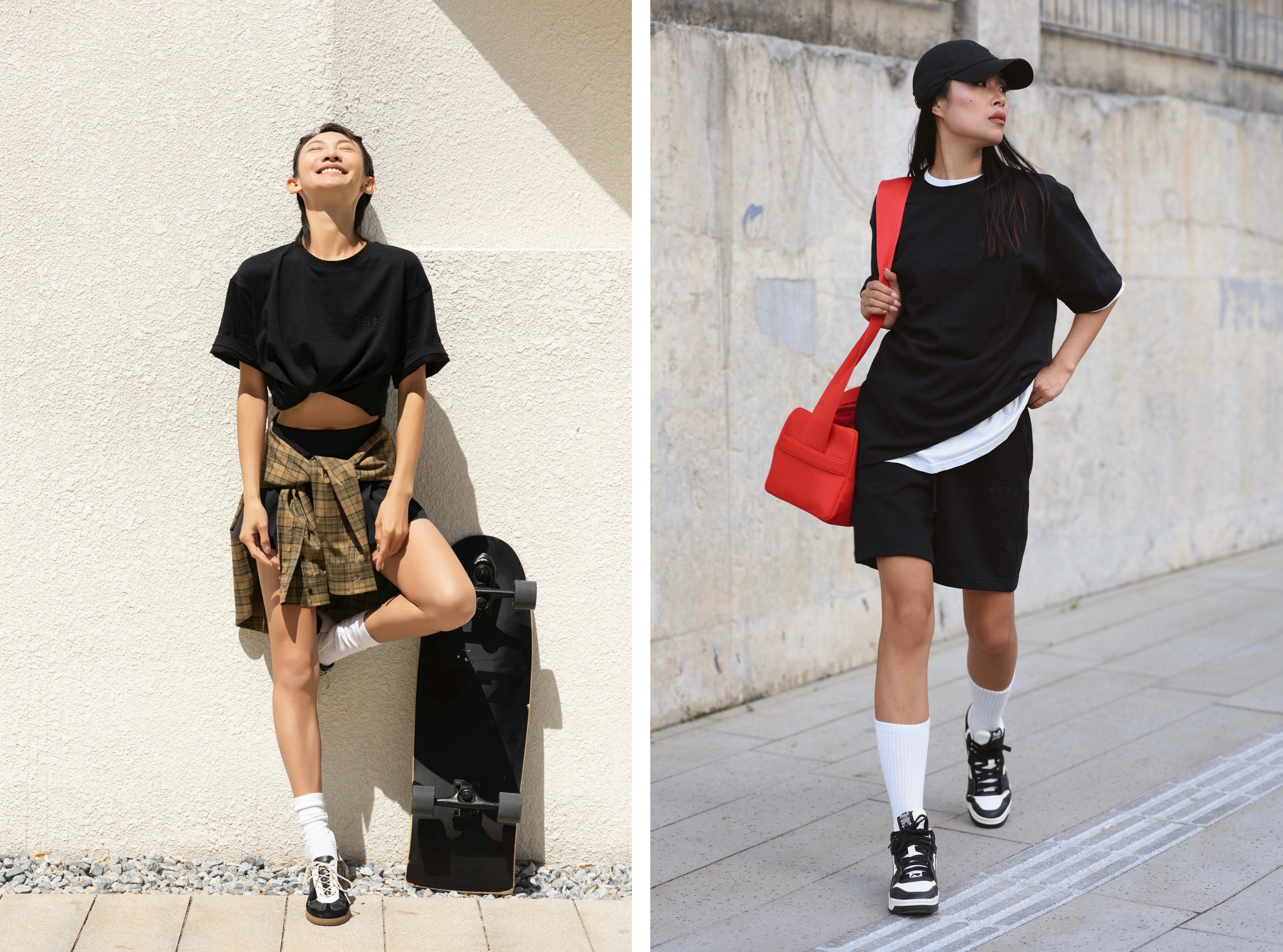
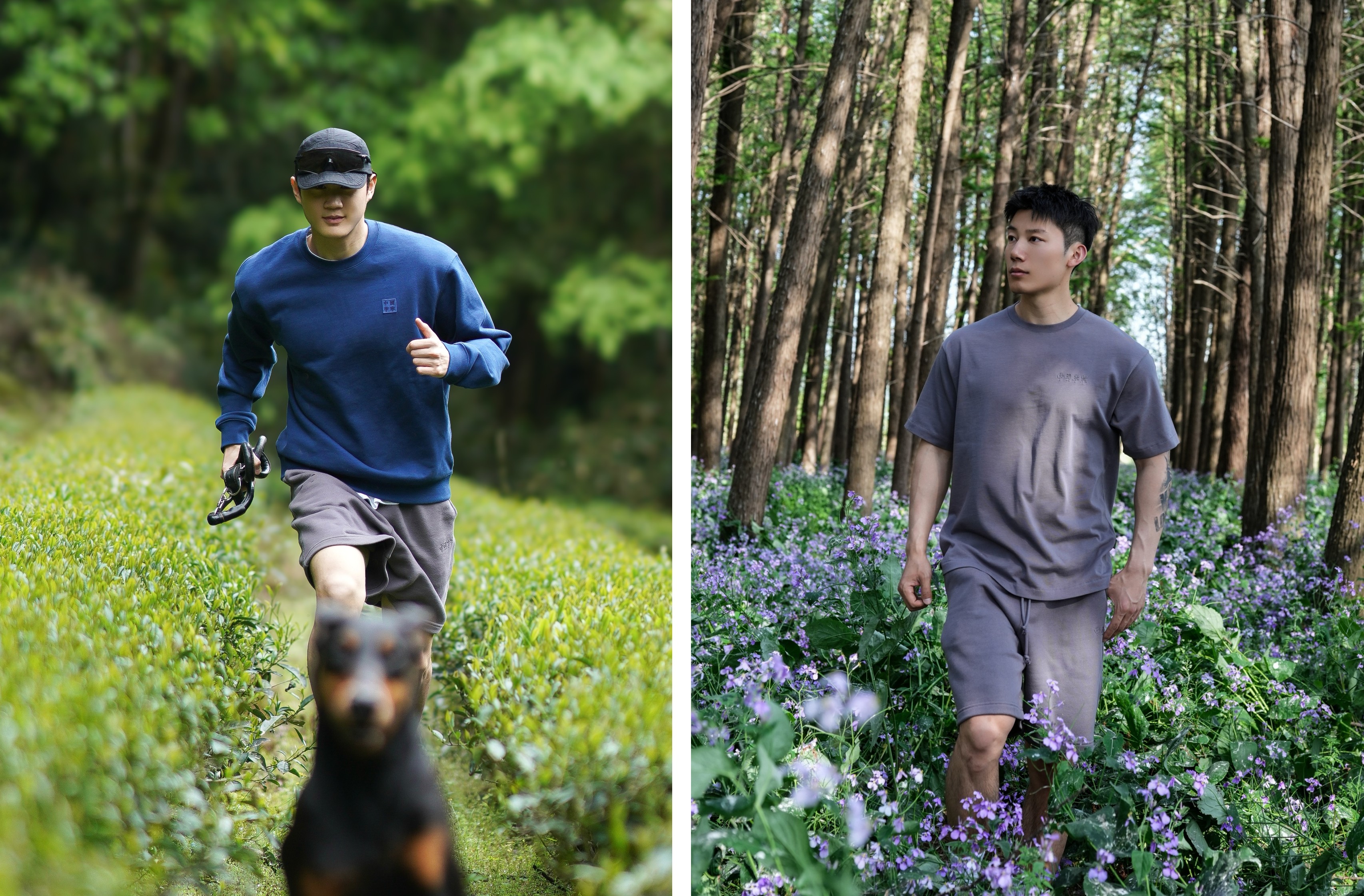
In the exploration of corporate ESG, scientific and technological innovation will become a key driving force for the sustainable development of the industry. The cooperation between Li Ning and ECOHUES™ undoubtedly sets a transformative example. Through the empowerment of technology, it has not only redefined eco-fashion's possibilities but also fostered harmony between industry and nature. This cooperation has a benchmarking significance and may drive more brands to join the innovative wave of green dyeing. This green revolution starting with "Nature Dyeing" is writing a new chapter in the harmonious coexistence of fashion and nature.












